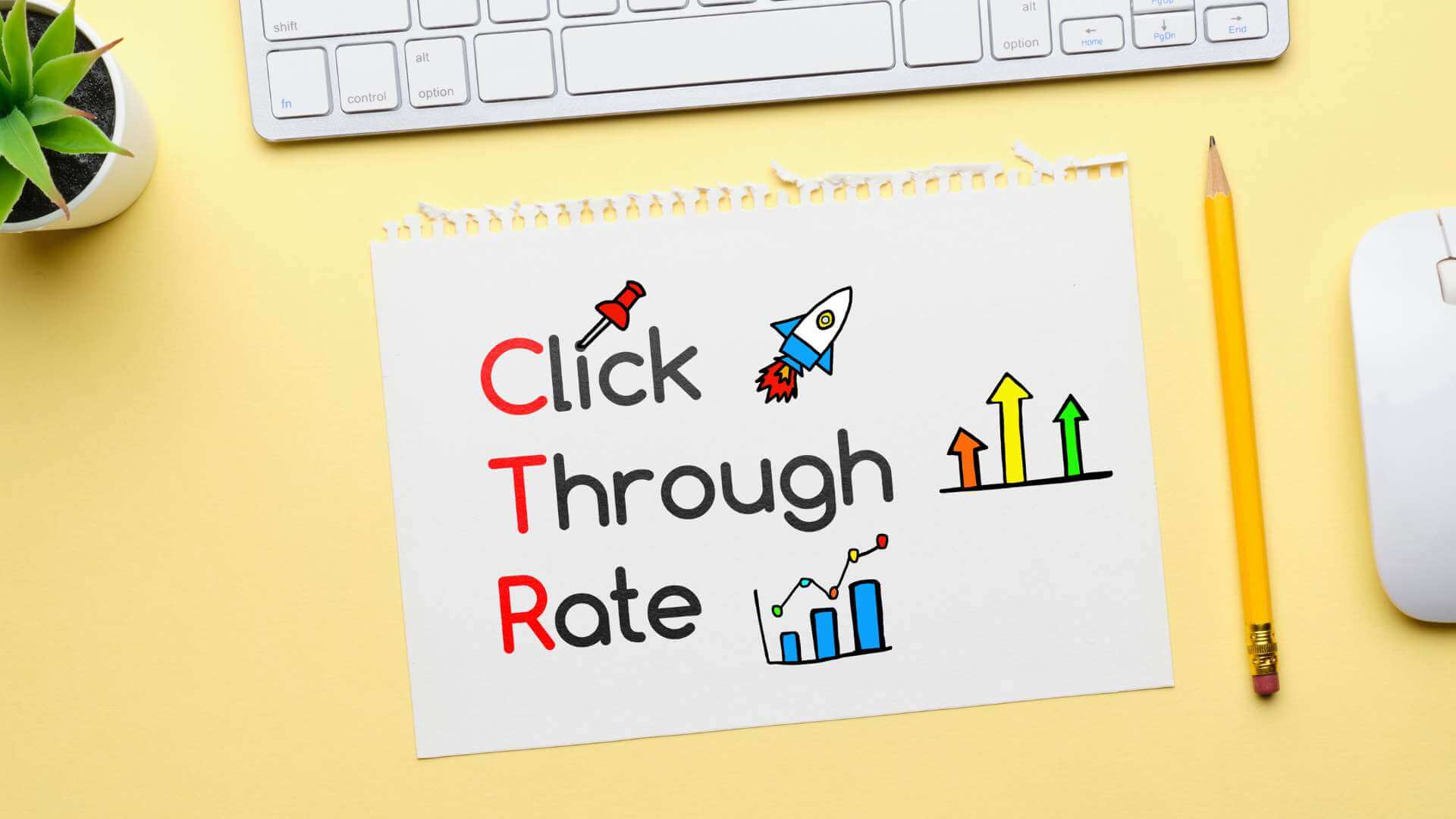Optimizing Organic Click-Through Rates With CTR Adjustment
The optimization of organic click-through rates (CTR) is a nuanced endeavor that pivots on recognizing both customer psychology and reliable material presentation. The landscape is swarming with misunderstandings and oversimplifications about what truly drives CTR.
Understanding Click-Through Fees
Recognizing click-through prices (CTR) is necessary for reviewing the performance of internet marketing strategies. CTR gauges the percent of individuals who click a details web link or advertisement contrasted to the complete number of users that see it. A higher CTR shows that the material is engaging and pertinent to the target audience, while a lower CTR might signal a demand for optimization.
To determine CTR, divide the variety of clicks by the number of impressions and increase by 100. If an ad obtains 300 clicks out of 10,000 perceptions, the CTR would be 3%. This statistics is vital for evaluating numerous aspects of electronic advertising, consisting of search engine optimization (SEARCH ENGINE OPTIMIZATION), email projects, and social media advertising and marketing.
Furthermore, assessing CTR assists marketers recognize which strategies produce the very best results and which call for refinement. By concentrating on boosting CTR, companies can boost their content's exposure and efficacy, resulting in raised traffic and prospective conversions. Recognizing the nuances of CTR is foundational for any kind of online marketer intending to maximize their online presence and make best use of roi (ROI)

The Psychology of User Behavior
User behavior is significantly affected by emotional aspects that dictate just how people engage with online content. Recognizing these variables is necessary for enhancing click-through rates (CTR) in natural search outcomes. Cognitive predispositions, such as the anchoring effect, play a crucial duty fit users' assumptions. Their preliminary perceptions can heavily affect their succeeding judgments about importance and trustworthiness. when users come across information.
Psychological responses likewise dramatically effect customer behavior. Material that reverberates emotionally can set off a feeling of urgency or interest, motivating customers to click. Additionally, social evidence-- such as customer reviews or scores-- can boost trust fund and encourage interaction, as people often seek to the actions of others to educate their own decisions.
Additionally, the concept of scarcity can drive clicks - LinkDaddy CTR Manipulation. Limited-time deals or exclusive material produce an anxiety of missing out (FOMO), compelling users to act swiftly. Recognizing these emotional drivers enables marketing professionals to develop even more engaging content that resonates with their target audience
Efficient CTR Control Strategies
Leveraging emotional understandings can significantly enhance click-through rates (CTR) through targeted control methods. Among one of the most reliable approaches is using engaging headlines that evoke curiosity or urgency. Wording titles as inquiries or including numbers can bring in even more focus, motivating individuals to click.
One more method involves maximizing meta descriptions to develop a feeling of significance and immediacy. By clearly outlining the benefits or remedies provided in the web content, you can involve prospective readers and encourage them to click. Furthermore, using power words-- such as "exclusive," "confirmed," or "complimentary"-- can improve the appeal of your web content.
Visual elements additionally play a vital role. Including captivating pictures or thumbnails can attract individuals in and improve CTR. A/B testing various visuals can help identify which photos reverberate best with your audience.
Lastly, making certain that your content promises deliverable value causes higher CTR. They are Read More Here extra likely to involve when users view that clicking will certainly offer them with purposeful insights or options. By employing these strategies thoughtfully, marketers can successfully adjust CTR to their advantage while keeping ethical requirements.
Usual Misconceptions About CTR
Numerous false impressions surround click-through rates (CTR) that can lead online marketers to make misdirected decisions. While a high CTR suggests that more individuals are clicking, it does not ensure sales or conversions.
One more typical belief is that CTR is an isolated metric. In fact, CTR needs to be reviewed combined with other performance indicators, such as bounce price and conversion price, to acquire a holistic sight of project success.
Furthermore, some online marketers assume that maximizing for CTR alone suffices. Nevertheless, visit this web-site focusing specifically on CTR can cause clickbait methods that might draw in clicks but fall short to engage users meaningfully. This method can harm brand name credibility and outcome in lower retention prices
Lastly, there is an idea that CTR techniques are universally efficient. The truth is that ideal CTR tactics can differ considerably throughout industries and target market, demanding tailored techniques for various market sections. Understanding these misconceptions is essential for developing efficient CTR techniques that straighten with overarching marketing goals.
Measuring CTR Success
Although high click-through prices (CTR) can indicate successful involvement with content, determining their real success requires a detailed evaluation of several aspects. Initially, it is important to recognize the context in which the CTR is achieved. As an example, a high CTR on a deceptive title might not convert to meaningful interaction or conversions, eventually mirroring poorly on the brand's trustworthiness.
Second, assessing the source of web traffic is vital. Organic website traffic from internet search engine can signify a robust content strategy, while click this clicks from irrelevant sources might show an absence of targeting. In addition, gauging the succeeding customer actions is essential; assessing metrics such as bounce price, time invested on page, and conversion rates can offer deeper insights into the quality of the engagement launched by the CTR.

Final Thought

The optimization of natural click-through rates (CTR) is a nuanced undertaking that hinges on recognizing both individual psychology and effective material presentation. CTR gauges the percentage of customers who click on a details link or promotion compared to the complete number of users that view it. A greater CTR shows that the material is involving and relevant to the target audience, while a reduced CTR might indicate a demand for optimization.
Focusing solely on CTR can lead to clickbait tactics that may bring in clicks but stop working to involve users meaningfully. Furthermore, gauging the subsequent individual actions is vital; examining metrics such as bounce price, time spent on page, and conversion prices can provide deeper understandings right into the quality of the interaction started by the CTR.